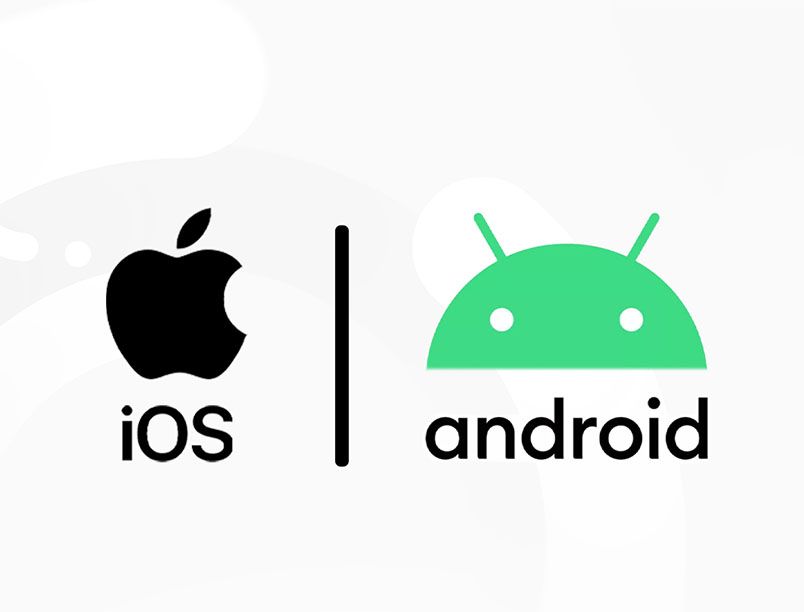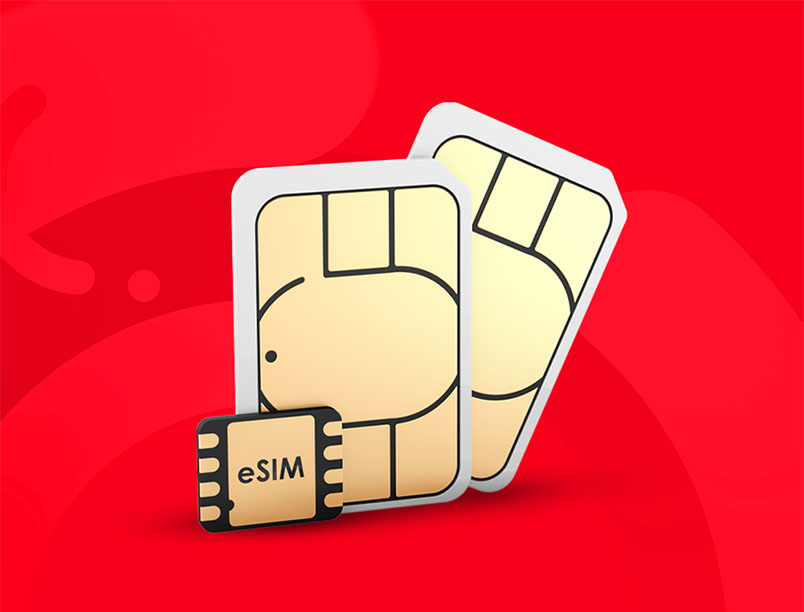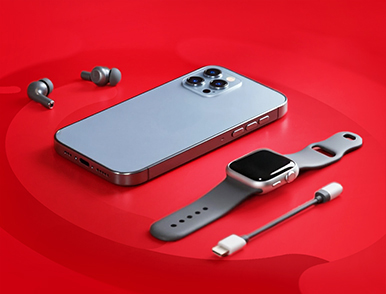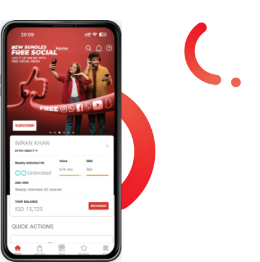

iPhone vs Android - are you thinking of switching?
People renew their phones regularly but tend to stick with the platform they know - either Android or iPhone. Some people do occasionally cross over though.
That might be because they want something cheaper or a phone that more easily connects with their other devices. It could be that their friends are all on one platform and they want to join them.
In this article, you’ll learn all about the differences between Android phones and iPhones so you can decide whether now is the right time to switch.
Android or iPhone: which is better?
Many of us fall into one camp or another with iPhone and Android. So much so that many iPhone users would never dream of using an Android and vice versa.
The differences between the iPhone and Android phones aren't as stark as you might think though, if you're considering switching.
Best for apps
The Google Play store has just over two million apps while Apple's App Store has just under two million. Popular apps like WhatsApp, Facebook, Instagram, and YouTube are available on both.
That said, some niche apps or game releases might appear on iOS first as developers often put iPhone users first. On the other hand, Android’s open nature means you can also sideload apps or use alternative app stores – a flexibility iPhones don’t offer.
Best ecosystem
An ecosystem is the software, hardware, and services that, in this case, an Android or Apple phone can natively connect to. This matters because the more unified an ecosystem, the easier it is to get your devices to work together.
iPhones easily integrate with other Apple products like the iPad, Mac, and Apple Watch. Services like iCloud, iMessage, and FaceTime work seamlessly on all types of Apple devices. The overall experience of the Apple ecosystem is smooth, convenient and effortless.
On the other hand, Android’s ecosystem is more diverse and flexible. Android phones connect with a much wider range of devices, including smart TVs, smartwatches and even home assistants. It doesn't matter which manufacturer your device comes from as long as Android is its operating system.
To sum up, Apple has a closed ecosystem and their devices, hardware, and software work brilliantly together. Getting non-Apple devices to connect can be a challenge sometimes but it's nearly always possible.
In contrast, Android's ecosystem is open and offers users more choice and customisation options. It'll be relatively straightforward to connect to most devices but Apple products may prove difficult.
It's important to know that changing your phone from one platform to another can be frustrating. For example, switch to Android from Apple and your Apple Watch won't pair with your phone. You'll also lose blue-bubble chats, FaceTime links, and group threads.
Switching to Apple from Android is easier. That's because Google owns Android and they design their services to work in as many places as possible, including iPhones.
Best for security
Security is another key factor. Apple’s iOS is well-known for its tight security and privacy controls. It vets every app in its App Store for security and to filter out unsafe titles.
Android is more open, meaning it's more vulnerable. 98% of mobile banking attacks target Android devices, largely because it allows apps from outside the official store. That said, Google now offers Play Protect and regularly distributes security patches.
Best for budget
If budget is your main concern, Android has the edge. Low-price Android brands like Infinix, Tecno, Xiaomi, and Samsung’s Galaxy A series are easily available.
There are some great deals on mid-range Android phones, too. Infinix phones and Tecno phones, both available at Asiacell, offer very capable handsets at between IQD200,000 and IQD400,000.
Apple solely targets the premium sector. The latest base model iPhone handsets can cost around IQD1,000,000. High-end models can go close to IQD2,000,000. There are, of course, premium Android handsets like Samsung phones that have similar costs.
Longevity is something to think about, too. While Apple phones require a bigger outlay, they hold 40% more of their value than Android phones. This means while you pay more at first, you'll have a bigger deposit for your new phone if you sell it later on.
Best for compatibility
We’ve seen how iPhones work really well with other Apple products. If you generally choose Apple products over other manufacturers’, an iPhone makes perfect sense.
For example, you can start a task on your iPhone and finish it on your Mac and share files wirelessly via AirDrop. You can even control smart light bulbs cameras in your home from your iPhone via HomeKit.
Android phones slot well into Google and devices using other platforms, too. For example, Microsoft’s Phone Link app lets you get texts and notifications on your laptop. iPhone users often have to install extra software to sync data and content with non-Apple devices.
Get in Touch with Asiacell
If you need help or have any questions:
- Website: Click the Chat icon at the bottom of the screen
- Asiacell App: Tap More and select Chat with Laila
- WhatsApp: https://wa.me/9647701111111
- Messenger: https://m.me/Asiacellconnect
You can also call us:
- Prepaid subscribers: 111
- Postpaid subscribers: 252
-
B2B/Corporate subscribers: 323
Related Articles
.jpg)
Essential Tech for Entrepreneurs
A great business idea can only get you so far. To really succeed, you need strong connectivity and t...
Read more
Changing networks and dual-SIM functionality
There are lots of times where you might want to swap SIMs temporarily. For example, you might switch...
Read more
Cleaning Laptops, Phones, And Earbuds
We use our phones, laptops, and earbuds every day. For many people, they're indispensable. Find out ...
Read more


